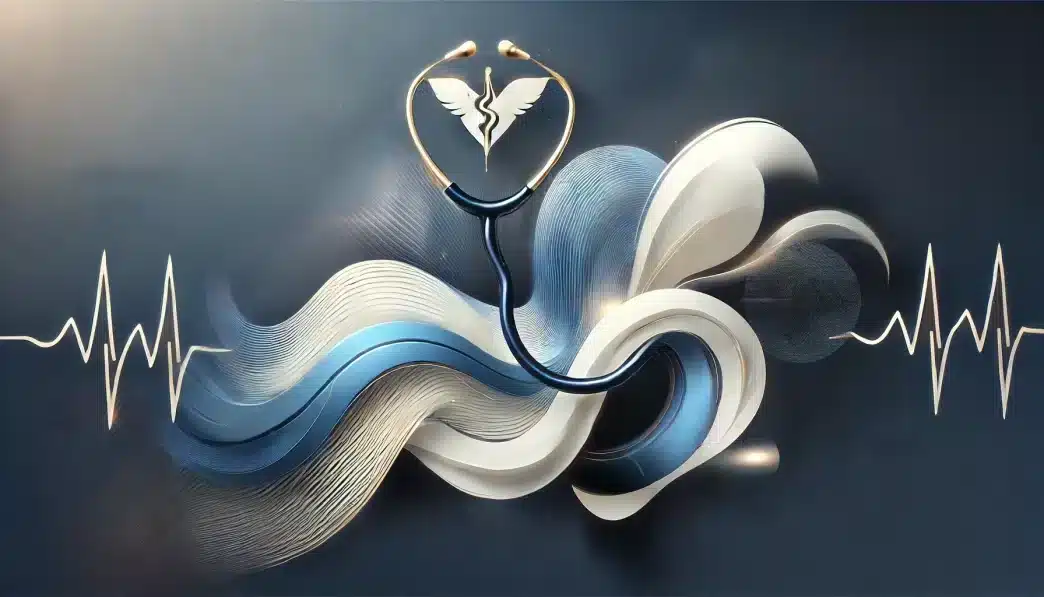What is National Doctor’s Day?
National Doctor’s Day is observed annually on March 30 in the United States to recognize the contributions and dedication of physicians. This day honors doctors for their role in improving public health, saving lives, and advancing medical science. It is a time to show appreciation for their commitment to patient care and the sacrifices they make in their profession.
History and Origin
National Doctor’s Day was first observed on March 30, 1933, in Winder, Georgia. The date was chosen to commemorate the first recorded use of general anesthesia in surgery, administered by Dr. Crawford W. Long on March 30, 1842. The initial celebration included sending thank-you cards to doctors and placing flowers on the graves of deceased physicians.
In 1958, the U.S. House of Representatives passed a resolution recognizing Doctor’s Day, but it wasn’t until 1990 that the observance was officially established as a national holiday when President George H.W. Bush signed it into law. Since then, March 30 has been a day to honor doctors across all fields of medicine.
Who Celebrates National Doctor’s Day?
- Hospitals and Healthcare Organizations show appreciation for their physicians through events, awards, and public recognition.
- Patients and Families express gratitude to their doctors with thank-you notes, gifts, or personal messages.
- Medical Associations organize campaigns to highlight the impact of doctors in society.
- Government and Public Institutions acknowledge the contributions of physicians through proclamations and official statements.
- Medical Schools and Students participate in events honoring the dedication of doctors and aspiring physicians.
Slogans and Themes
National Doctor’s Day highlights themes of gratitude, dedication, and the importance of healthcare professionals. Common slogans associated with the day include “Honoring Those Who Heal,” “Doctors Make a Difference Every Day,” and “A Life of Service, A Legacy of Care.” These messages emphasize the essential role doctors play in maintaining public health and advancing medical knowledge.
Colors, Symbols, and Patterns
Colors
- Red represents sacrifice and dedication, often associated with medical professionals.
- White symbolizes healing, purity, and the compassion of doctors.
- Blue conveys trust and professionalism, reflecting the medical field.
Symbols
- The Rod of Asclepius represents medicine and healing, commonly associated with physicians.
- A Stethoscope symbolizes patient care and the close relationship between doctors and those they treat.
- A Red Carnation is traditionally used to honor doctors, symbolizing love, charity, and sacrifice.
Patterns
- Heartbeat and EKG Lines symbolize life, health, and the work of doctors in saving lives.
- Medical Cross Symbols represent emergency care and professional dedication.
- Minimalist and Professional Designs reflect the seriousness and respect associated with the profession.
Most Used Hashtags
- #NationalDoctorsDay
- #ThankYouDoctors
- #DoctorsMakeADifference
- #PhysicianAppreciation
- #HealthcareHeroes
How to Celebrate National Doctor’s Day
- Send a Thank-You Note to a doctor who has made a difference in your life.
- Support Healthcare Initiatives by donating to medical charities or organizations that assist doctors.
- Attend a Medical Awareness Event to learn more about the contributions of physicians.
- Recognize Doctors on Social Media by sharing messages of appreciation using relevant hashtags.
- Encourage Future Physicians by supporting medical students and acknowledging their hard work.
Why is National Doctor’s Day Important?
National Doctor’s Day is a moment to recognize the invaluable contributions of physicians in saving lives and improving public health. It serves as a reminder of the dedication, hard work, and challenges doctors face daily. The observance also highlights the need for ongoing medical advancements and the importance of supporting healthcare professionals in their efforts to provide quality care.
Features
March 30: Doctor’s Day (United States)
Why do you keep falling for the same type?
Read the article Lovemaps: the hidden blueprint of our love.

